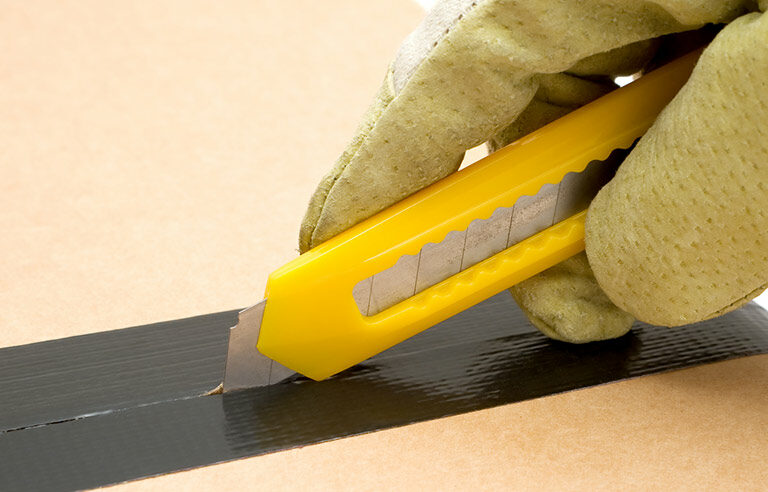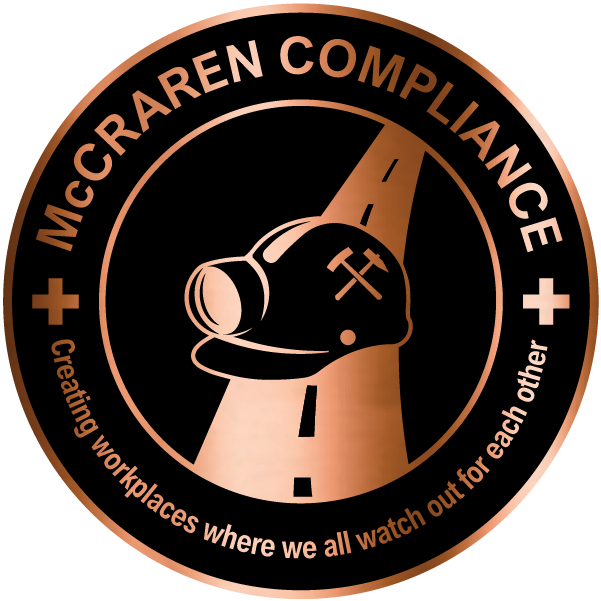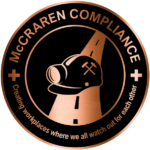
Does your job require you to work with sharp tools such as knives, scissors, box cutters or razor blades?
If so, make sure you’re handling them correctly to prevent cuts.
To start, the “most reliable option is to eliminate the use of the blade,” says the Canadian Centre for Occupational Health and Safety. “Assess if there is another way to cut the item, open the package, automate the process or use a different tool.”
If other options aren’t available, follow these steps from CCOHS to help prevent cuts:
- Make sure the blade is sharp. Dull blades require more force, which increases your risk of injury.
- Work in a well-lit space so you can see what you’re cutting.
- Cut on a stable surface, using a cutting board or slip-resistant matting to prevent the material being cut from slipping.
- Hold the tool with your stronger hand.
- Wear cut-resistant or mesh gloves.
- Cut away from your body.
- Retract a blade immediately after use, or close scissors when not in use.
CCOHS also warns to never try to catch a sharp tool that’s falling. Instead, “Quickly move out of the way, let it fall and then pick it up.”
McCraren Compliance offers many opportunities in safety training to help circumvent accidents. Please take a moment to visit our calendar of classes to see what we can do to help your safety measures from training to consulting.
Original article published by Safety+Health an NSC publication


